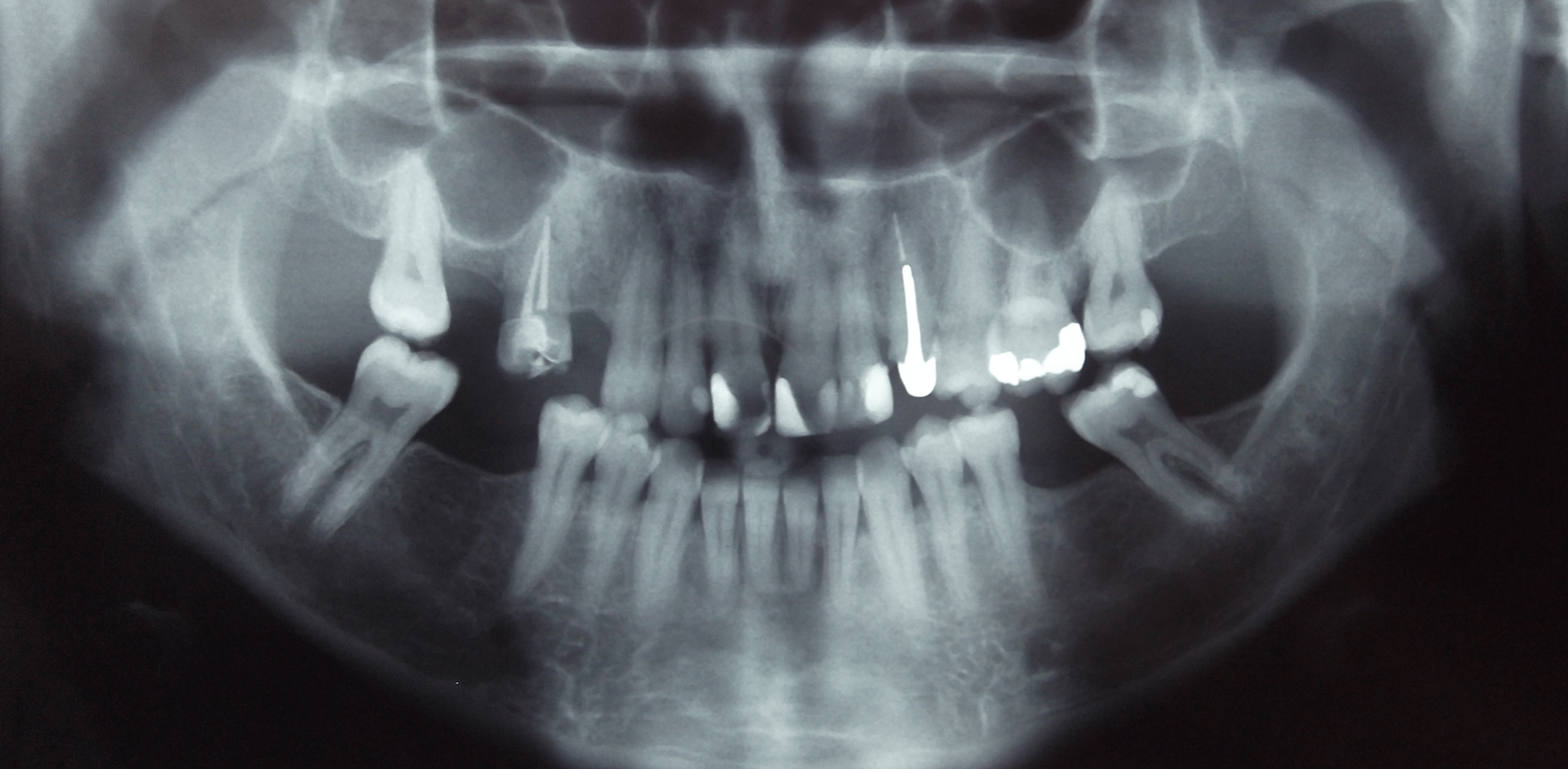Dental Radiographs
Indications for X-Rays in Dentistry
All new patients will generally require dental X-rays to assess baseline levels of health. Dental radiographs are only performed after a full history and clinical examination has been preformed.
For recall patients dental radiographs are only retaken at specific intervals depending on dental decay risk. Generally for high risk patients 6 monthly radiographs or until no more new lesions have progressed or developed. As the risk decreases and the decay becomes under-controls the need for radiographs at a shorter time interval decreases and generally gets pushed back in phases until all the risk is mitigated. A clinical examination must be performed before the patient is placed on this regimen once again. For moderate risk decay risk 1-year intervals may suffice. Low decay risk 2-year intervals or greater if evidence of continued low risk.
Special assessments can include other dental X-rays, for example to assess wisdom teeth or 3rd molars; an OPG or panoramic dental film may be necessary. Other examinations to be taken specific to the disease/treatment. With periodontal examinations, radiographs are only indicated where there is evidence of continued bone destruction.
Radiation Safety
- All dental radiographs or exposures should be kept as low as reasonably attainable (A.L.A.R.A. Principle); further, all X-ray equipment must be monitored annually and individuals are to be at a safe distance and in a controlled area except the patient.
- Protective equipment can be utilised including lead aprons and thyroid shields. Radiography should be avoided in all pregnant females however if absolutely needed this is best accomplished during the second trimester.
- In some instances dentists may need to wear a film badge or dosimeter to monitor exposure.
If you wish for more information on dental radiographs please do not hesitate to contact Skygate Dental today on (07) 3114 1199 or 0406 579 197.


